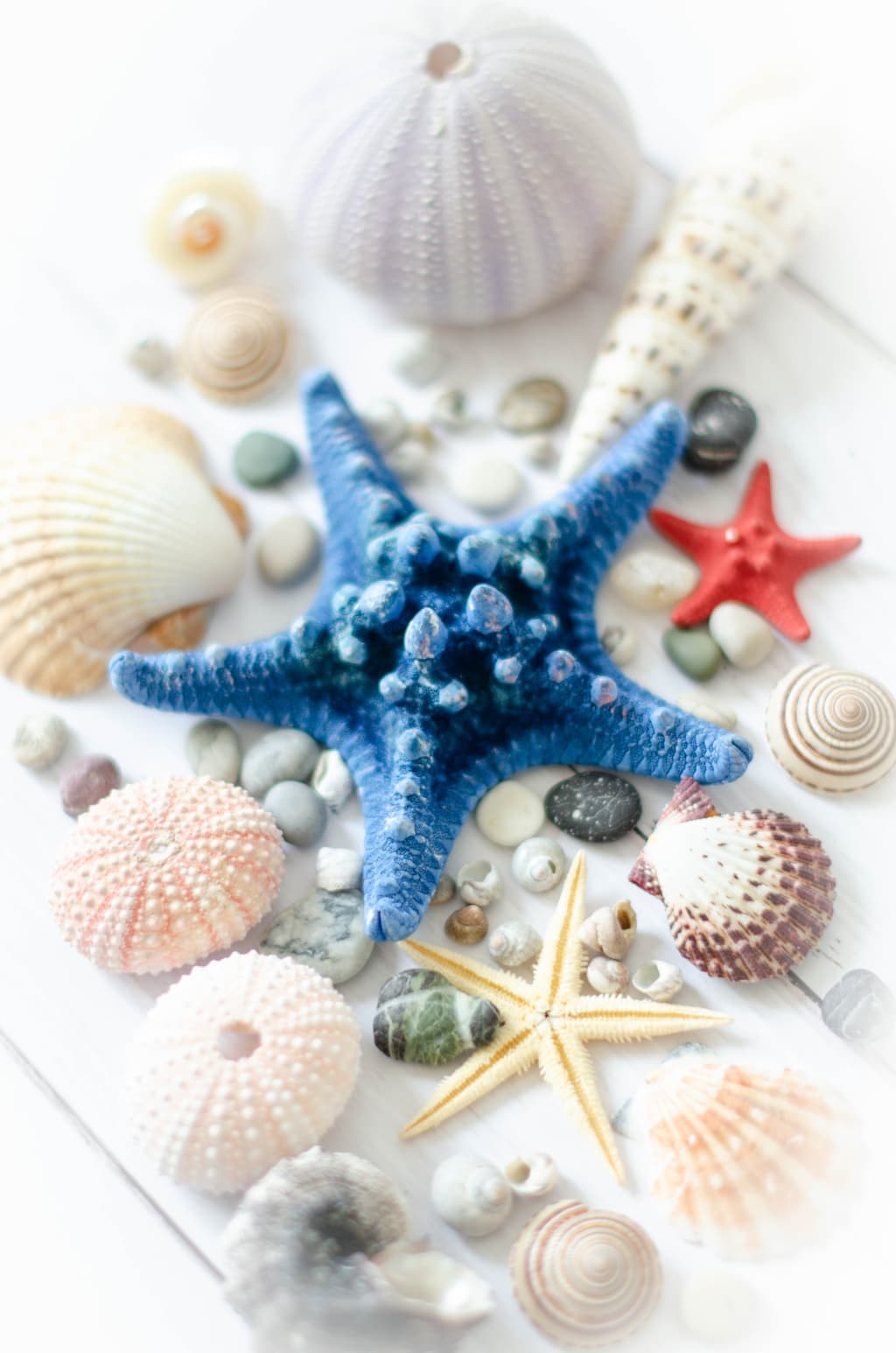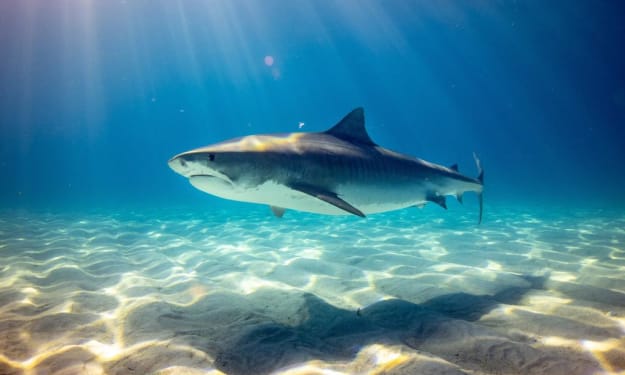6 Dangerous Creatures You Might Not Recognize on the Beach
6 Dangerous Creatures Identified on the Beach

Going to the beach is a lot of fun on a sunny day. But in some cases, you might find some critters on the beach that you don't even recognize. To make matters worse, some creatures are actually very dangerous. Therefore you should not touch them casually. This time, we've rounded up 6 dangerous creatures you might not recognize on the beach.
1. Sea urchin
Sea urchins can be found in oceans all over the world. Although it has been brought to the table by humans, considering that the shape of the sea urchin has a large number of spikes for self-protection, it may still cause serious harm to the human body. If someone were to be punctured by a sea urchin without noticing, they could injure not only the skin but also the bones. Of course, in the eyes of many people, sea urchin is just a delicacy, or some kind of collectible.
2. crown of thorns starfish
There are many species of starfish, including a species called the crown of thorns starfish, named for the spines that cover the body and arms. These spines are somewhat flexible and can be used for locomotion and defense against potential predators. This species is a well-known coral predator, and outbreaks of tens of thousands of individuals have caused severe damage to coral reefs in some areas. They have venomous spines, and if someone is stabbed and injected with venom, they experience nausea and severe pain that can last for many days.
3. Manchurian jellyfish
At first glance, the man's jellyfish is not much different from ordinary jellyfish. However, it is actually a colony of polyps and jellyfish, and more importantly, it is dangerous. If stabbed by it, it will cause intense pain. Because of the toxin-filled stinging cells on its tentacles, it can kill small marine organisms such as fish and shrimp. Although not fatal to humans, it can also be very painful.
4. Atlantic Poseidon Sea Slug
On overseas social media, someone once posted a peculiar but beautiful little creature they found on the beach. This is a blue creature that looks like a little dragon. The discoverer put the little creature in his hands, but later it was said that although this creature looked cute, it was actually very dangerous. Because it is a creature called the Atlantic sea god sea slug, which grows to just over 3 centimeters when mature, but it can feed on the man-of-war jellyfish. They accumulate the venom of the manuka jellyfish, so it is also venomous, and being attacked by it can cause severe pain.
5. Chicken heart snail
When people go to the beach, they may see all kinds of shells there. Picking up these shells and taking them home to keep, or even making them into decorations seems like a good option. However, if you find some shellfish with signs of life, you still have to be careful, because there is a kind of animal called the snail which is very dangerous, they have venom in their body, and the pain of being stabbed by it is no less than that of a bee. And some breeds can even be fatal.
6. Hook-nosed sea snake
Most people don't touch snakes after seeing them because they think they are very dangerous. But some people will try to touch them. However, hook-nosed sea snakes, which may appear on the beach, are one of the last creatures you should not touch, because they are highly venomous and can even kill those who have been poisoned. Signs and symptoms of a hook-nosed sea snake bite may appear within a few hours of being bitten. Snake venom is a combination of potent neurotoxins and myotoxins that can cause systemic symptoms such as severe fatigue, muscle weakness, respiratory failure and complete paralysis.
About the Creator
Vicky
The world is so wonderful, let's get to know the world together!
Enjoyed the story? Support the Creator.
Subscribe for free to receive all their stories in your feed. You could also pledge your support or give them a one-off tip, letting them know you appreciate their work.






Comments
There are no comments for this story
Be the first to respond and start the conversation.